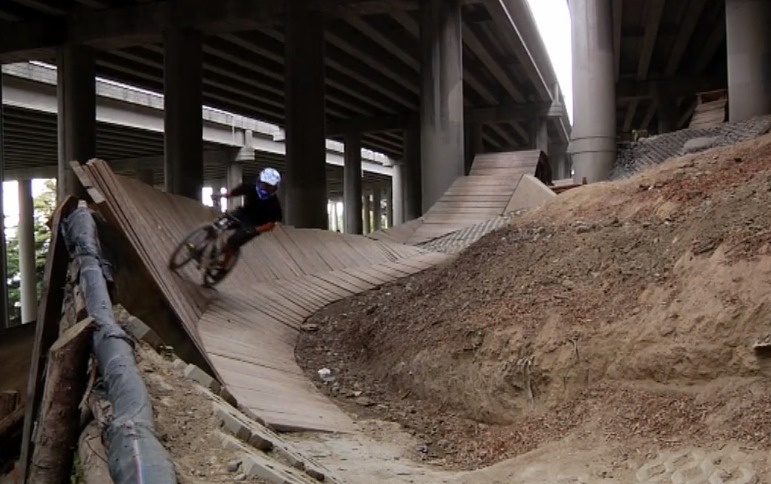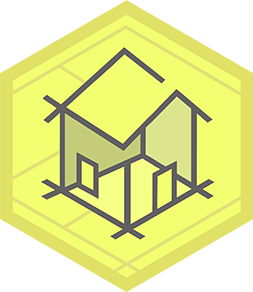Design a park
Design a small neighborhood park model using paper, markers, recycled materials, and basic measurements; plan paths, playgrounds, benches, and planting areas.



Step-by-step guide to design a small neighborhood park model
How To Draw A Playground With Slide And Swing
Step 1
Gather all the materials from the list and put them on your workspace so everything is ready.
Step 2
Lay the cardboard flat on the table to use as the park base.
Step 3
Choose a scale for your park and write it in a corner of the cardboard for example 1 cm = 1 m.
Step 4
Draw a simple top-down map of your park on paper showing paths playground benches and planting areas.
Step 5
Use your ruler and pencil to transfer the map shapes onto the cardboard following your chosen scale.
Step 6
Measure and draw the park paths on the cardboard using the ruler and mark their widths and lengths with the scale.
Step 7
Cut and shape recycled materials to build playground pieces like a sandbox slide or stepping stones.
Step 8
Glue or tape the playground pieces onto the cardboard in the spots you marked.
Step 9
Make benches from folded cardboard or small boxes for seating.
Step 10
Glue the benches into place where people would sit in your park.
Step 11
Create trees bushes and flower patches using recycled bits and colouring materials.
Step 12
Attach the planting pieces onto the planting areas you drew on the cardboard.
Step 13
Colour and decorate the paths playground grass and other features with your markers and colouring materials.
Step 14
Label each area and write measurements or notes using your scale so visitors know what everything is.
Step 15
Take a photo or a short description and share your finished park model on DIY.org
Final steps
You're almost there! Complete all the steps, bring your creation to life, post it, and conquer the challenge!


Help!?
What can we use instead of large cardboard, a ruler, or recycled bits if they are hard to find?
If you don't have one large cardboard base, tape together cereal-box panels or use poster/foam board, and if you lack a ruler print a scale bar or use a measuring tape and replace small recycled pieces with modeling clay, LEGO, or bottle caps for playground features.
My playground pieces keep falling off or the cardboard warps—how can I fix this while I build and glue them onto the base?
Reinforce the base by gluing an extra cardboard layer, use stronger glue or double-sided tape for playground pieces and benches, press and weight glued parts until dry, and re-measure paths with your ruler before fixing pieces in place.
How can I adapt the drawing, measuring, and cutting steps for younger or older kids?
For ages 3–6 use a pre-drawn map, pre-cut recycled shapes, and chunky markers for coloring, while older kids can choose a precise scale (e.g., 1 cm = 1 m), transfer measurements with a ruler, cut detailed cardboard playground pieces, and label measurements before gluing.
What are simple ways to extend or personalize the park model after the basic build is finished?
Add personal touches like textured grass from felt or shredded paper in planting areas, a paper-clip swing or tiny LED lights along paths, miniature people on the benches, and a labeled photo or short description to share on DIY.org.
Watch videos on how to design a small neighborhood park model
Safe and Unsafe Situations | Safety Tips for Kids!
Facts about park design and model-making for kids
♻️ Using recycled materials (like cardboard, bottle caps, and yogurt cups) for models helps reduce waste and sparks creative park features.
📏 Designers use scales such as 1:50 or 1:100 so a small model matches real-life measurements and layouts.
🏞️ Public parks became popular in cities during the 19th century to give everyone a safe, green place to relax and play.
🎠 Safe playgrounds use soft surfacing (like mulch, sand, or rubber) under swings and slides to help prevent injuries.
🌳 Trees and plants in parks can make an area feel several degrees cooler on hot days by providing shade and cooling the air.
How do I design a small neighborhood park model using paper, markers, recycled materials, and basic measurements?
What materials do I need to build a neighborhood park model?
What ages is designing a park model suitable for?
What are the benefits, safety tips, and variations for a park model project?


One subscription, many ways to play and learn.
Only $6.99 after trial. No credit card required



